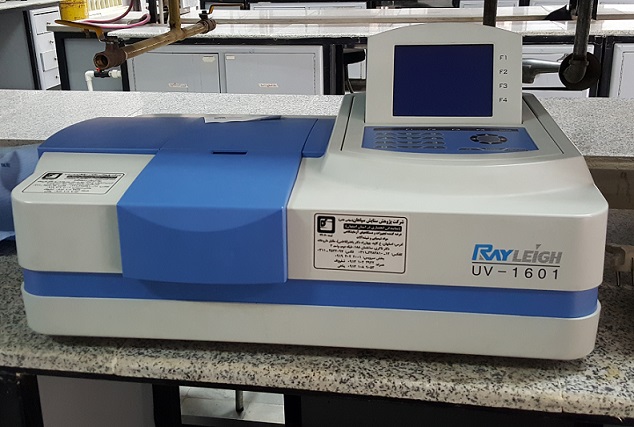- English
- فارسی
Geochemical Laboratory
Ultraviolet and visible (UV-Vis) absorption spectroscopy is the measurement of the attenuation of a beam of light after it passes through a sample or after reflection from a sample surface. The absorbance of a solution increases as attenuation of the beam increases. The concentration of an analyte in solution can be determined by measuring the absorbance at a specific wavelength. UV-Vis spectroscopy is usually applied to molecules or inorganic complexes in solution. Many molecules absorb ultraviolet or visible light and different molecules absorb radiation of different wavelengths. An absorption spectrum shows a number of absorption bands corresponding to structural groups within the molecule.
Atomic absorption spectrometry (AAS) is a single element technique that measures the concentrations of elements. Air/acetylene or nitrous oxide/acetylene flame is used to generate ground-state atoms. The light emitted from a hollow cathode lamp, specific to the element measured, is passed through the flame and measured by a segmented solid-state detector. The sample of interest is aspirated into the flame, and if that metal is present in the sample, it will absorb some of the light, thus reducing its intensity. The change in intensity is directly related to the concentration of that element in the sample.
Atomic Absorption spectroscopy is extensively used in analysis of trace metals in ppm to sub ppm levels using absorption of element specific wavelengths by atoms in ground state. It has found applications in water analysis, environmental analysis, agricultural products, geochemical & geological samples and metallurgical analysis.

